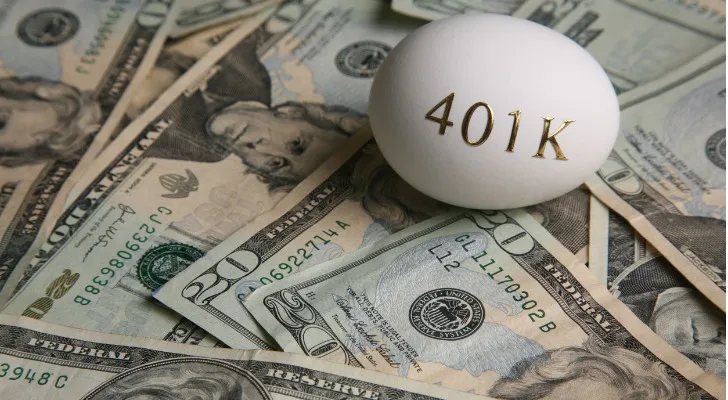Contributing to a 401(k) is one of the most common and simplest ways to save for retirement. If your workplace offers a 401(k), you can have money automatically taken out of every paycheck, so you don’t even have to think about saving for retirement. There are some rules and regulations you’ll need to be aware of, though, including deadlines for getting all your contributions in each year. Here’s what you need to know.
If you need help planning for retirement, consider working with a financial advisor.
What Is the 401(k) Contribution Deadline?
The 401(k) contribution deadline is simple enough. It falls on December 31 of each year. Many tax timelines, including the IRS rules that govern 401(k) plans, follow the calendar year, so your 401(k) contributions run from January 1 through December 31.
This is important because 401(k) plans have an annual contribution limit and if you intend to max out your 401(k) contributions each year, you have to do it before the deadline. The limit on employee elective deferrals for traditional and safe harbor 401(k) plans is $24,500 in 2026, up from $23,500 in 2025. If you’re 50 or older, you can add up to $8,000 in catch-up contributions in 2026, up from $7,500 in 2025.
However, a provision of the SECURE 2.0 Act allows 401(k) participants between 60 and 63 years old to make up to $11,250 in “super catch-up contributions,” and as a result, save up to $35,750 in a 401(k) in 2026.
What If I Miss the Deadline?

If you meant to max out your 401(k) and didn’t do it before the end of the calendar year, there’s unfortunately not much that can be done. But that doesn’t mean you should give up and spend that money on a European vacation. Here are two concrete steps you can take to correct your mistake.
Invest the Money in an IRA
Even if you missed the chance to put that money in a 401(k), that doesn’t mean you can’t still put it towards retirement. Consider setting up an individual retirement account (IRA) and investing the money there. Like 401(k)s, IRAs have tax advantages. 401(k) contributions come out of pretax money and are taxed when you withdraw it. Traditional IRAs are treated the same way, while Roth IRAs and Roth 401(k)s are funded with after-tax dollars, allowing qualified withdrawals to be made tax free.
IRAs also have annual contribution limits, but the deadline is tax day rather than the end of the year, so you have a few extra months to make your moves. In 2026, the maximum contribution is $7,500 or $8,600 if you’re 50 or older (up from $7,000 and $8,000, respectively, in 2025).
Plan Ahead for Next Time
While you may have missed the boat this time, you can be proactive and make sure that doesn’t happen next time. Talk to your employer about how to set up automatic contributions to your 401(k) plan so that you aren’t scrambling at the end of the year. If that’s not an option, make sure to note the deadline and contribution limits for the following year. That way on New Year’s Eve, you can sip champagne knowing you’re on top of your retirement savings.
Bottom Line

The deadline for contributing to your 401(k) is December 31. If you want to max out your 401(k) contributions for the year, make sure you do so before then. If you do miss the date, consider putting that money in an IRA instead.
Tips for Boosting Your Retirement Savings
- If you need help planning for retirement, consider speaking to a financial advisor. Finding a financial advisor doesn’t have to be hard. SmartAsset’s free tool matches you with vetted financial advisors who serve your area, and you can have a free introductory call with your advisor matches to decide which one you feel is right for you. If you’re ready to find an advisor who can help you achieve your financial goals, get started now.
- While Social Security likely won’t be enough to fund your entire retirement, it isn’t nothing. Use SmartAsset’s free Social Security calculator to get a sense of what you could have coming to you.
Photo credit: ©iStock.com/DNY59, ©iStock.com/jygallery, ©iStock.com/Abu Hanifah
